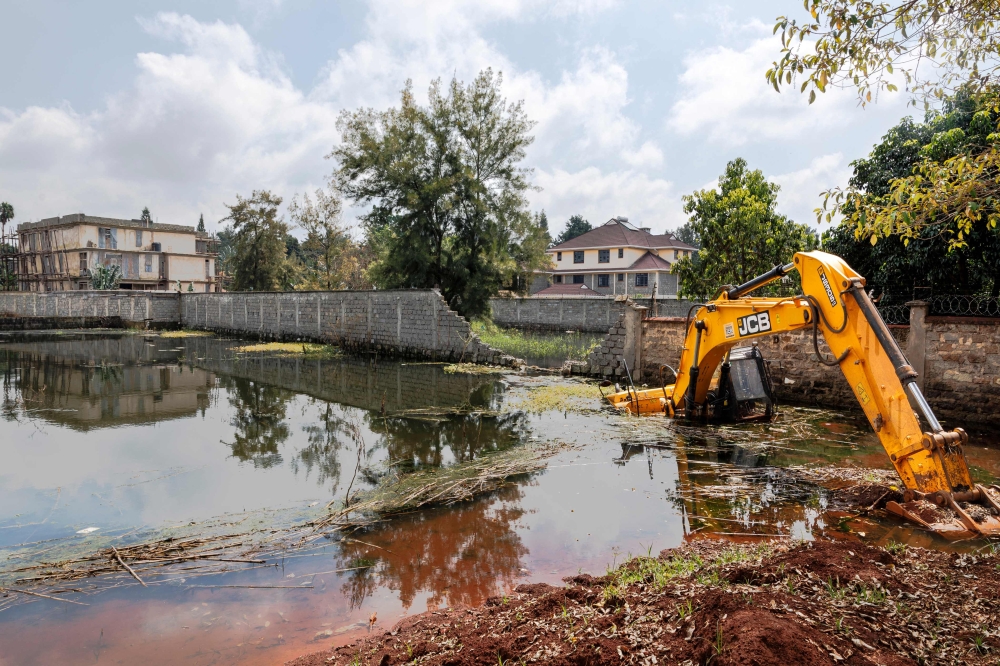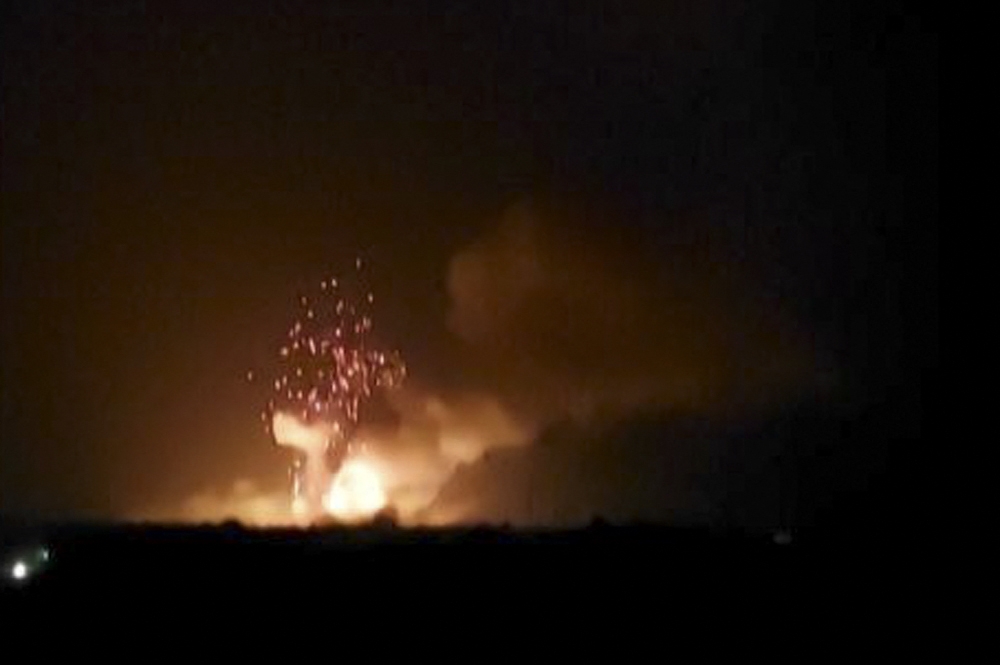Following a “robust” performance in 2023, Kenya’s economic growth will decelerate to 5% this year, the World Bank announced on Wednesday.
The cash-strapped government of President William Ruto has imposed various new levies and tax rises, and the East African giant is facing crippling public debt and severe inflation.
Kenya’s real GDP growth accelerated to 5.6 percent last year from 4.9 percent in 2022, but the World Bank warned in a report that it was predicted to fall to five percent this year.
According to the research, 2023’s development was primarily driven by the important agriculture sector’s comeback after better weather, with tourism also playing a larger role.
It did note that “the country has not diversified its products in recent years and has lost competitiveness in the markets to which it exported,” indicating that Kenyan exports have underperformed severely.
Only one week remains before Ruto’s administration is scheduled to deliver its budget to parliament on June 13 in light of the World Bank assessment.
For the fiscal year that ends on June 30, 2025, the government is estimating a budget of 4.25 trillion shillings ($32 billion), an increase over the previous year’s 3.6 trillion shillings.
Between 2024 and 2026, the average GDP growth predicted by Kenyan authorities is 5.2%.
The overall public debt of the nation is approximately 10 trillion shillings, or almost 70% of GDP.
Keith Hansen, the country director of the World Bank for Kenya, praised Nairobi’s move in February to partially repay a $2 billion Eurobond that was scheduled to mature later this month.
It was, according to him, “a move that significantly eased the immediate liquidity constraints for the year, instilling a sense of calm in the markets” .
The research did, however, also state that the nation needs to address “climate-related vulnerabilities, particularly for agricultural exports”.
Earlier this year, Kenya and other East African countries were severely affected by torrential rains that caused thousands of people to be displaced and several hundred deaths, severely hurting the crucial agriculture industry.

















Leave a Reply